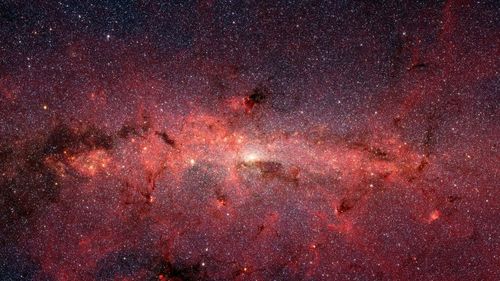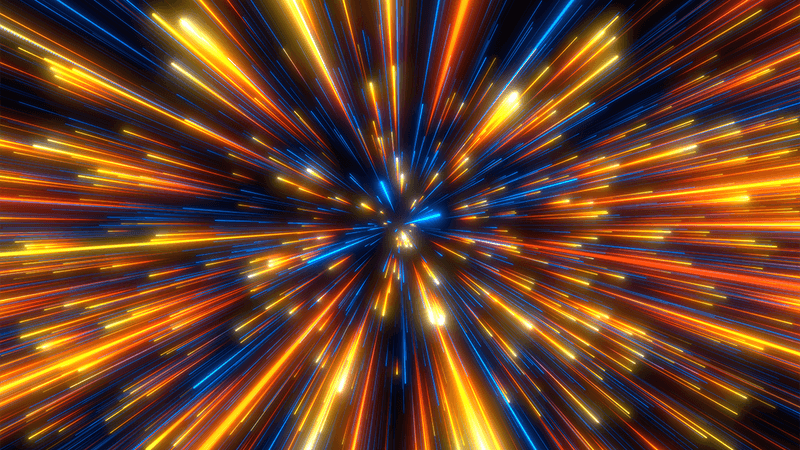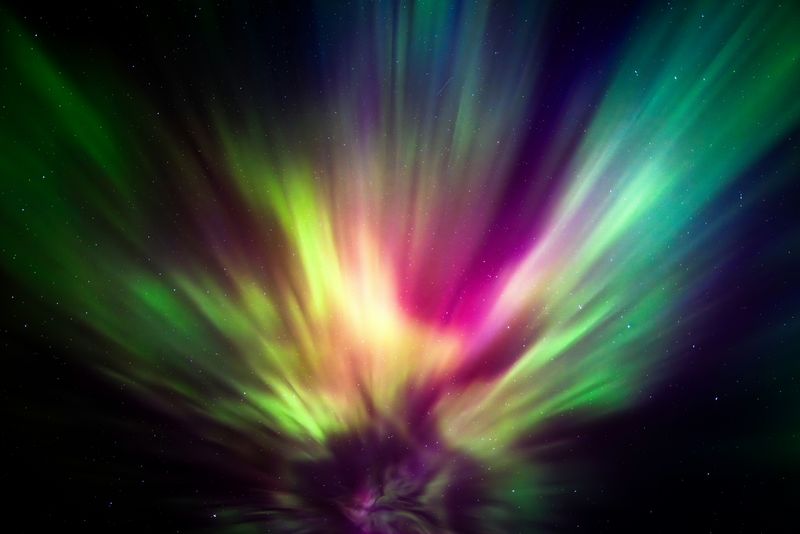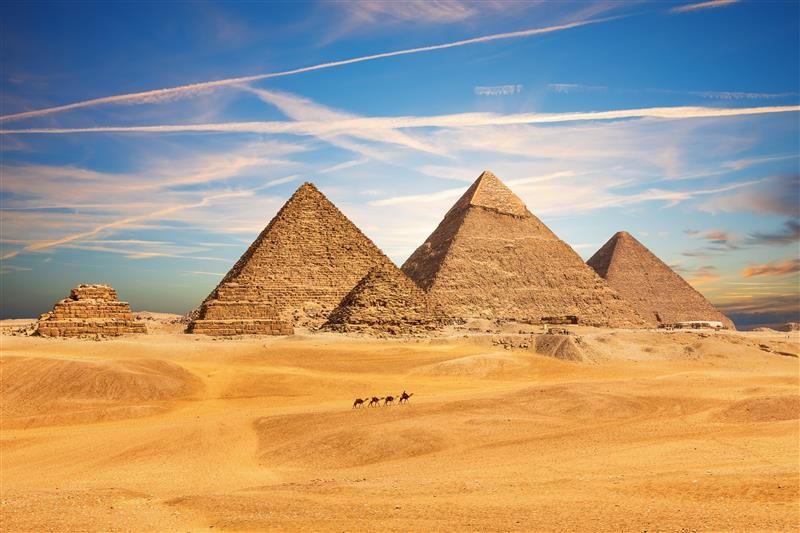Collisions are a crucial part of the formation of a galaxy. Our own Milky Way is thought to have experienced multiple minor collisions throughout its history and will eventually collide with Andromeda in the future. Astronomers have now gleaned some important insights into one of the most significant of these past collisions, and in the process have learned more about the Milky Way.
Around 10 billion years ago, the Gaia-Enceladus/Sausage galaxy began interacting with the Milky Way, bringing in 50 billion solar masses worth of stars, gas, and dark matter. This collision destroyed the poor Sausage and, as new research explains, had a big influence on the Milky Way.
A new analysis, published in the journal Nature Astronomy, shows that the Milky Way stellar population was already significant and thriving by the time this merger happened. Researchers on the study found a significant proportion of the stars in our galaxy appeared to be older or of comparable age to the stars in the Gaia-Enceladus/Sausage galaxy.
"Our evidence suggests that when the merger occurred, the Milky Way had already formed a large population of its own stars," said Fiorenzo Vincenzo, co-author of the study and a fellow in the Ohio State University's Center for Cosmology and Astroparticle Physics, in a statement.
Galaxy collisions lead to enhanced star formation within the galaxies involved and in the resulting merged object. The team conducted a detailed analysis of some of the older stars in the Milky Way and some of the stars that, due to their motion, we know used to belong to other neighboring galaxies.
"The chemical composition, location and motion of the stars we can observe today in the Milky Way contain precious information about their origin. As we increase our knowledge of how and when these stars were formed, we can start to better understand how the merger of Gaia-Enceladus with the Milky Way affected the evolution of our Galaxy," lead author Josefina Montalbán, from the University of Birmingham, said in a statement.
In particular, the team used asteroseismology to improve the dating of these stars, a technique which looks at their internal oscillations. The resulting data from such studies can inform astronomers about the size and internal structure of stars by looking at them in this way. Combined with spectroscopic observations, that provide information on the chemical composition of stars, the team were able to build a detailed picture of not just these stars but also the galaxy as a whole.
"We have shown the huge potential of asteroseismology in combination with spectroscopy to deliver precise, accurate relative ages for individual, very old, stars," said Co-author, Professor Andrea Miglio, at the University of Bologna, in a statement. "Taken together, these measurements contribute to sharpen our view on the early years of our Galaxy and promise a bright future for Galactic archeoastronomy."




